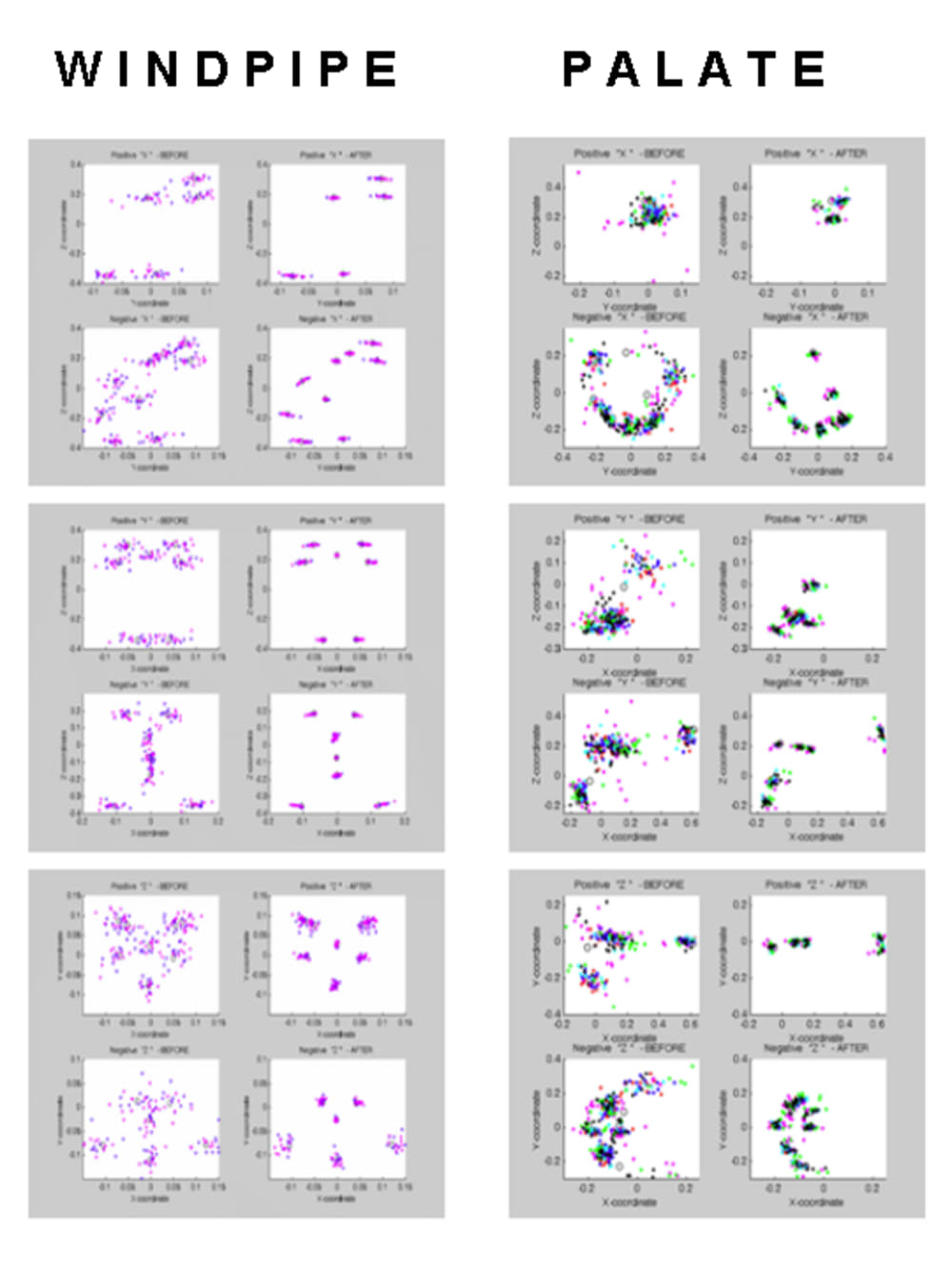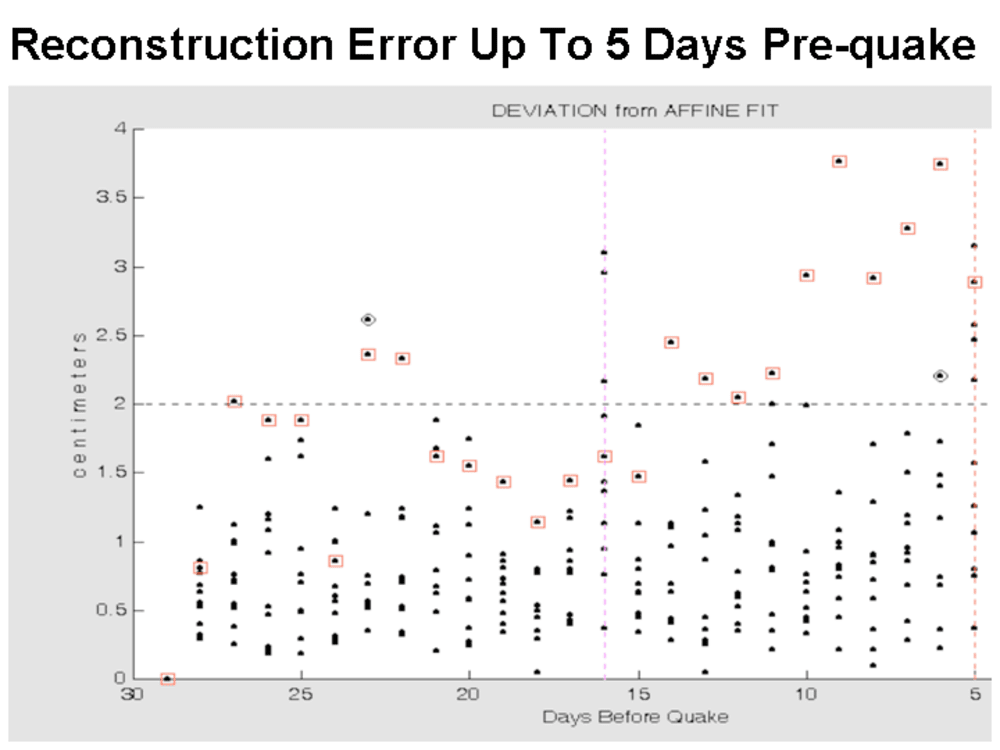An end-of-20th-century advancement enabled brain shape deformations to be quantified. After standard Procrustes representation exhibited recognizable landmark spread for a set of subjects, further mathematical analysis produced another 19% variance reduction in spreading of deformations among patients. That development, while extensive and sophisticated, was inherently restricted to 2-D. Since physical anatomical structures are 3-D, it is normal to expect that far better convergence can be realized. That was done and successfully verified for both windpipe and palate (Figure 1). Using precise measurements obtained from cone beam scans, convergence was exceptional; variance reduction reached up to near 90%. https://www.jameslfarrell.com/videos offers videos, one "3-D Shape States for Medical Imaging" describing 3-D usage and the windpipe application. https://doi.org/10.1016/j.tria.2020.100103 contains three plots generated from the approach with a detailed description of application to study palate patients.
The discovery is now ten years old but still in an embryonic stage of usage; researchers are practically oblivious to existence of the 3-D model and its promise. To illustrate the capability, although potentially distracting from the medical application scope, this discussion would be incomplete without citing opportunities for further usage. Another video from the Internet site just noted (also available from https://youtu.be/LJvsz9UstEk) successfully showed anticipation of earthquake location (widely regarded as an "unsolved problem") via 3-D shape states (Figure 2). Until five days before the Tohoku quake, aside from pre-shocks then and also at sixteen days ahead, departures from an affine fit practically all occurred at the station NEAREST EPICENTER. Designated by red squareS in Figure 2, the emerging pattern was clear FIVE DAYS in advance.
In addition, danger from collapse of buildings, bridges, dams, landslides ... etc. could be mitigated by early warning and/or judicious reinforcement. A structure changes shape before failing -- SLOWLY enough to allow advance notice. The significance is missed by bright minds everywhere; shape, which can differ radically among objects, seems too unwieldy to be captured by any general characterization. That conundrum is resolved by inclusion of enough landmarks. Infrastructure recovery and maintenance urgently need this.
Like this entry?
-
About the Entrant
- Name:James Farrell
- Type of entry:individual
- Software used for this entry:Not released
- Patent status:none






